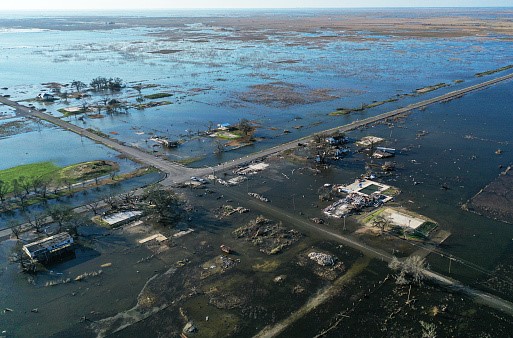
Damage to Your Property due to Flood
Houses and Units
A typical contract provides provisions for properties affected by flood damage. The Real Estate Institute of Queensland (REIQ) does advise that property under contract is at the buyer’s risk from 5:00 pm on the next business day after signing the contract. Therefore, any property affected by flood damage is the responsibility of the buyer to rectify. This is why the buyer’s solicitor strongly recommends buyers take out insurance over the property so that they can make a claim to rectify flood damage. If a contract is not an REIQ contract, the contract provisions relating to risk in the property should be reviewed to determine which party holds the risk in the property.
Responsibility for damage
Once it is determined which party bears the responsibility for rectifying damages in the property, that party should:
If a residential property is so badly damaged that it is unfit for occupation as a dwelling, then section 64 of the Property Law Act 1974 (Qld) allows a buyer to terminate the contract before the settlement date and in this event, any monies paid by the buyer (for example a deposit) should be refunded to the buyer.
If a buyer is looking to terminate the contract under this section, then they should contact their lawyer who will assist them in determining whether section 64 may apply to the property.
Commercial and Retail Leases
Parties who have leased premises for their business generally have a harder time in determining which party.
Responsibility for damage
Lease
The answer depends on what type of lease the premises fall under (retail or commercial) as the answer differs depending on the type of lease over the premises.
If you have a retail lease, you should review the lease clauses relating to maintenance, repairs, indemnity and release provisions, as these clauses should provide who is responsible for repairing any damages. If the structure of the premises has been damaged as a result of the floods, then it is generally the lessor’s responsibility to repair the damage.
For commercial leases, you should also review the clauses relating to maintenance, repairs, indemnity and release provisions to determine whose responsibility it is to rectify flood damage. However, if the commercial lease does not mention which party is responsible for rectifying damages, then it may not automatically fall onto the lessor to pay for flood repairs. The lessee may be required to make small repairs as a result of flood damage.
Options for retail lease or commercial premises after flood damage
Lessees Entitlements to Reduced Rent
Queensland law provides lessees with a remedy to pay reduced rent for leased premises when the property is damaged. Section 105 of the Property Law Act 1974 (Qld) provides that if a property is damaged by a flood that the premises are unfit for occupation and use by the lessee, then the rent should be reduced depending on the extent of the damage to the premises. The rent will be reduced until the premises have been rebuilt or made fit for occupation and use by the lessee.
The only way this right is overridden is if the lease provisions express a contrary obligation. Therefore, the parties should review the lease and determine if a lease clause provides for whether rent will be reduced if the property is damaged by floods. If the lease does not deal with this, then section 105 will likely apply.
Can the Lessor Terminate the Lease due to Flooding?
It is possible that the lessor may have the ability to terminate the lease as a result of flood damage. Whether the lessor has this power over your lease will depend on whether the lease clauses include a provision giving the lessor this power to terminate the lease as a result of flood damage. You should review your lease and see whether there is a damage and destruction clause, as this would typically be the clause that would give them the power to terminate the lease to the lessor.
With that being said, the clause would not generally allow the lessor to terminate the lease solely because there is flood damage, typically the lease provision will require the damage to be so severe that the lessor would be required to rebuild the building as a result of the damage. The lease may also impose a time limit for the lessor to terminate the lease from the day the damage occurs.
Takeaways
Residential properties under sale contracts generally have straightforward provisions identifying who is responsible for paying the damages and who has the ability to terminate the contract as a result of property damage. Retail and commercial leases are more difficult to identify who is responsible for paying damages and parties to these leases should review their lease to determine.
If you have any questions or require assistance with lease disputes or property contracts in Queensland, please contact the property team at NB Lawyers for more information.
Written by
Kayleigh Swift, Associate
NB Lawyers – Lawyers for Employers
[email protected]
(07) 3876 5111

AND
Chloe Skubis, Graduate Law Clerk
NB Lawyers – Lawyers for Employers
[email protected]
(07) 3876 5111

About the authors
Kayleigh Swift is an associate in our Commercial and Property team who assists with Employment Law matters. With a high level of experience in commercial and retail leasing, voluntary and involuntary purchase and sale acquisitions, property development and employee relations, Kayleigh provides practical advice to ensure smooth business transactions.
Chloe Skubis is a Graduate Law Clerk in our Property team who assists with various conveyancing transactions. Chloe is very experienced in residential conveyancing and is a problem solver. She always provides efficient service to all her clients.

